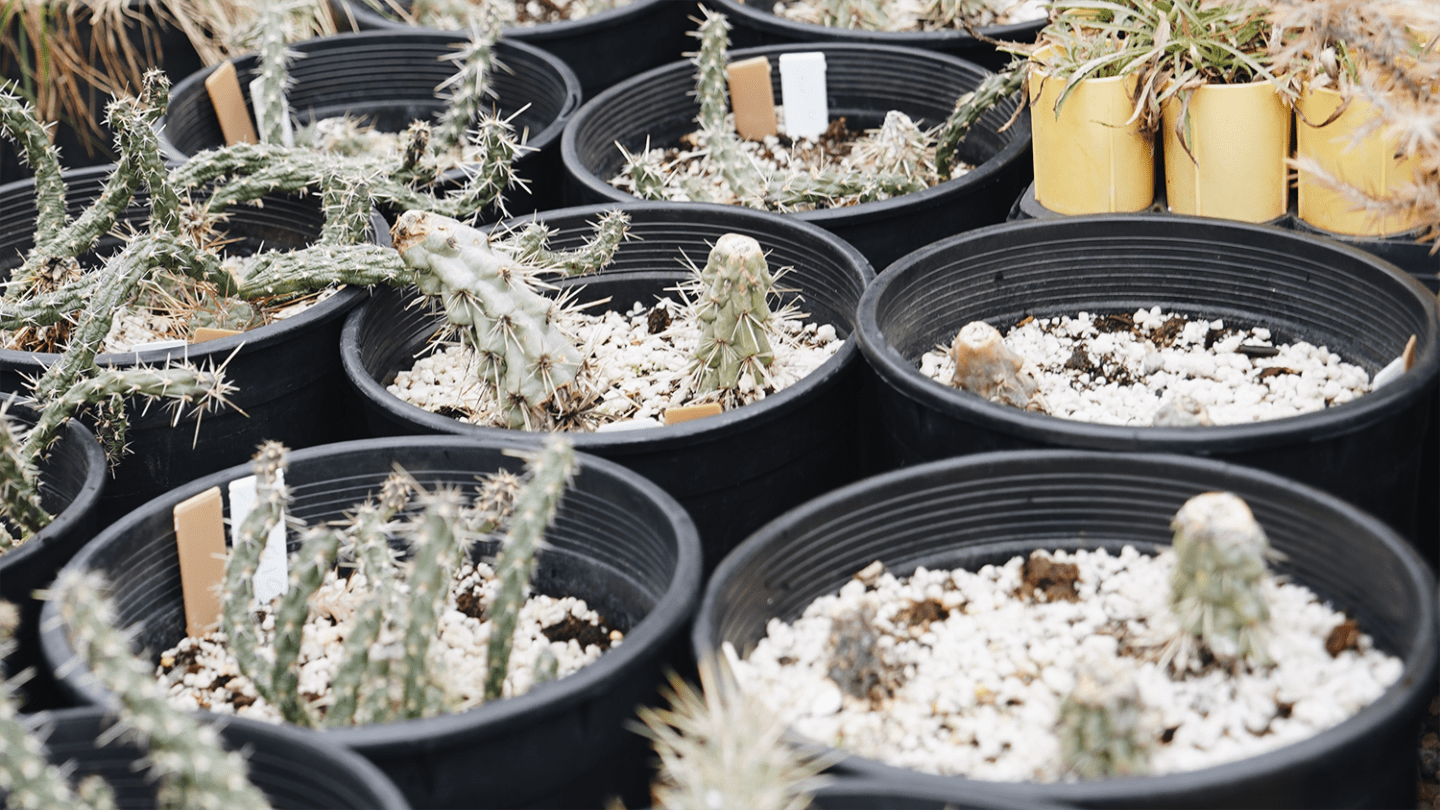Seed Science in Zion
$1,750 Needed
Non-native, invasive plant species are a major threat to Zion National Park’s ecosystem. The park’s vegetation program would like to initiate research by way of experimental “seed coating” to find the best way to reintroduce native species where they once were, or to augment them where they already live.
The vegetation team collects native seeds to replant with the goal of improving habitat conditions in the park. Unfortunately, many of these seeds do not germinate due to several factors, such as climate and being eaten by birds, insects, and rodents. Additionally, non-native species such as cheatgrass also impedes germination, and herbicides used to clear non-native species for regrowth of native species sometimes create more difficult growing conditions for the native species, lengthening the period before an area is successfully rewilded with native vegetation.
The seed-coating program will include three main steps. First, the vegetation team will apply pre-emergent herbicide in locations where non-native plant species have become a monoculture. Next, the vegetation program will decide what native plant species should be planted where the non-native species once were. Lastly, the vegetation team coats the seeds of the native species to protect them from the lingering effects of the herbicide and to promote a better chance of germination.
The vegetation program envisions seed coating as a way to avoid those herbicide challenges and be able to plant native species sooner. The seed coating provides a protective layer that minimizes the effects of the herbicide, encouraging germination. Staff will employ a scientific approach, testing germination on a batch of seed before coating it. Some species they plan to test are a variety of penstemon species, ricegrass, Zion and rattle milkvetch, yellow bee plant, Virgin encelia, blue flax, showy Colorado four o‘clock, Dorr’s sage, globemallow, yucca, and several species of primrose.
With your funding, the vegetation program would like to research and test different types of seed coating, storage conditions, and application rates to hopefully help native species flourish. This type of seed coating is a new emerging science. A major part of the research will be finding what seed-coating ingredients work the best, which will most likely include a psyllium seed husk, an ingredient commonly used in Metamucil, and activated carbon, which have seen anecdotal success in other applications. Funding for this grant will allow vegetation program staff to acquire equipment and supplies for testing as well as perform literature reviews and attend training workshops to experiment with and store coated seeds in designated park areas.
“This technique could effectively change vegetation management across public lands in the West,” said Rebecca Lieberg, Vegetation Program Manager. “Successful germination of coated species on a large scale would allow for less labor and disturbance in restoration areas by allowing for herbicide applications and seed sowing to take place simultaneously, higher seed viability because seed can be sown more quickly after collection than current practices allow, and the early emergence of desired plant species in sprayed areas reduces bare ground as well as the need for subsequent herbicide applications.”
Vegetation program staff are eager to test these seed-coating techniques on a small scale to inform the future — to see what might be the most effective on a large scale in order to protect vulnerable landscapes. Funding for this grant will be a giant leap forward in that understanding.

